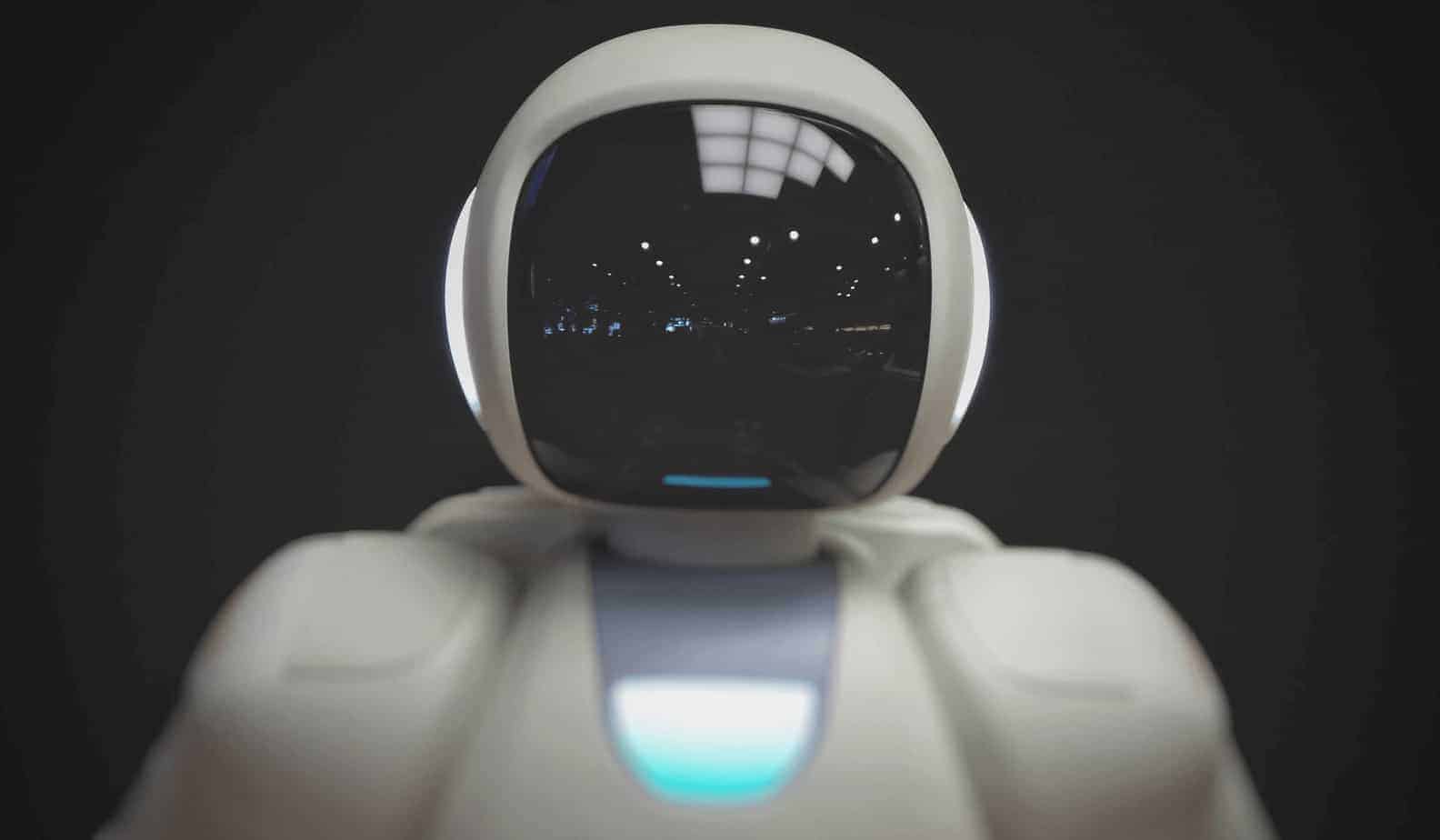Work It, Robot: AI and the Future of Marketing

The phrase “artificial intelligence” gets thrown around so much that it’s obvious not everyone means the same thing by it. While we’re still decades away from the likes of C-3PO, Data from Star Trek, or even Kitt from Knight Rider, AI in a more rudimentary form is already interacting with our lives in more ways than you might think.
Siri, Alexa, and Google Assistant are already using machine-learning technology to get smarter the more you use them — they improve their voice recognition and prediction abilities without any help from the programmers that built them. Netflix is another example, analyzing billions of hours or watched media to come up with better predictions about what people want to watch.
The marketing world isn’t immune to this. It wasn’t so long ago that your options for getting your message in front of people were severely limited — TV, magazines, newspapers, and billboards made up most of the marketing in the world, and apart from some general demographic data, you had no idea who was at the other end of your outreach efforts.
Now, everyone’s online. Everyone’s on social media. The amount of information that you, your B2B customers, and the ad space sellers like Google and Facebook have on their customers is unprecedented.
All that data is a double-edged sword. On the one hand, it allows for incredibly precise targeting — several people have gotten jobs by posting ads for themselves on Facebook targeting the executives at specific companies. On the other, it’s exponentially more work to find and target everyone who might be interested in your company or product.
That’s where automation comes in. Thanks to increasingly intelligent computer programs, we marketers can let computers do the difficult grunt work of parsing enormous amounts of data, looking for trends, and delivering materials in exactly the time, place, and manner that will resonate best with our customers.
AI Isn’t Autopilot (Yet)
At the moment, you shouldn’t be thinking of artificial intelligence tools as a replacement for human marketers — they’re simply not smart enough to replace a person, though we can’t discount the possibility that they one day will be. Instead, think of them as the means to amplify a human’s capacity for repetitive work.
There are a lot of tasks in our industry — pulling reports, poring over spreadsheets to look for statistical correlations, analyzing website data, and so on — that aren’t particularly difficult. The reason there’s a limit to the amount of work we can do in a day is that someone has to physically read the numbers, click the links, and write down the results. Computers can do all of that thousands of times faster, enabling a marketing analytics specialist to dive far deeper into the data than they otherwise would have.
How to Embrace AI in Your Workplace
AI will only become more common as it becomes smarter, more useful, and cheaper to deploy. If you want your business to keep up, you’re going to have to integrate AI systems with your day-to-day processes and procedures and prepare for a more automated world. Here’s how.
- Focus on creativity and critical thinking. If your employees (or you) are mainly useful to your company because you’re good at repetitive, number-crunching tasks, you’ll be the easiest to replace. When a human partners with a computer, the human isn’t really contributing much when it comes to math. Instead, emphasize the skills that the computer isn’t good at so that you’ll better complement each other’s specialties.
- Define the boundary between roles. By taking the time to identify which tasks should fall to software and which to people, you can identify gaps in your organization or new hires that you might need to make.
- Teach everyone how to use everything. This might seem obvious, but you’d be surprised how many organizations are wasting money on software tools that their employees don’t know how to use. Ensuring that everyone is well-versed in the ins and outs of the tools you have at your disposal will foster a data-driven mindset and make your whole operation more efficient.
- Keep people up to date. If the AI is making decisions about which materials to publish, where they’re going, who’s seeing them, and so on, you need to stay abreast of what decisions it’s making. We’re not saying that you need to second-guess or approve everything the software does — that would defeat the point — but your team should at least be aware of it.
In the end, AI tools are simply that — tools. As the tools that are available to marketers become more ubiquitous and more sophisticated, it’ll be even more important that you keep up with the accelerating pace of technology. Understanding and utilizing the unique strengths of both computers and your human employees could just be the edge you need to take your marketing to the next level.





